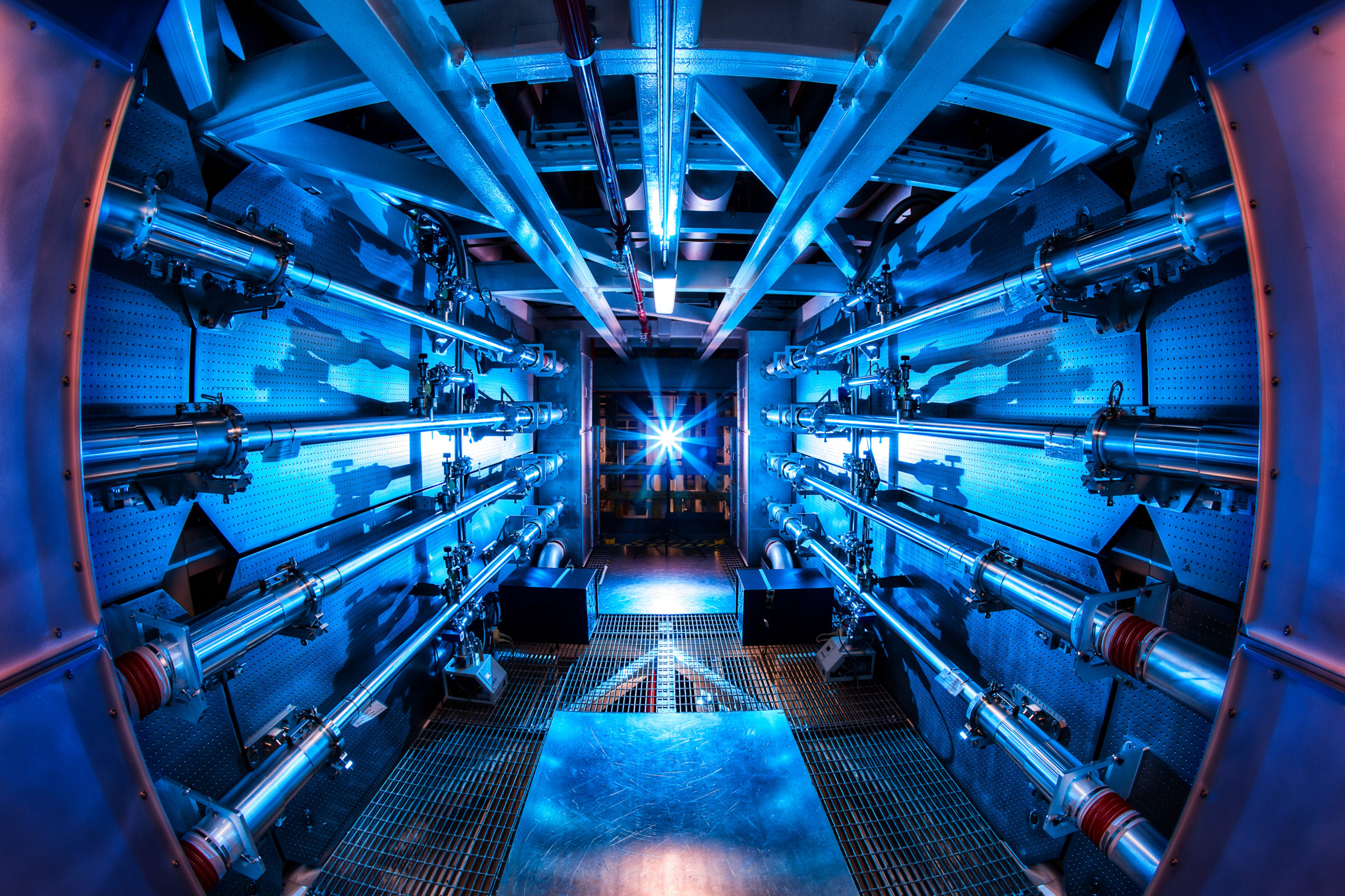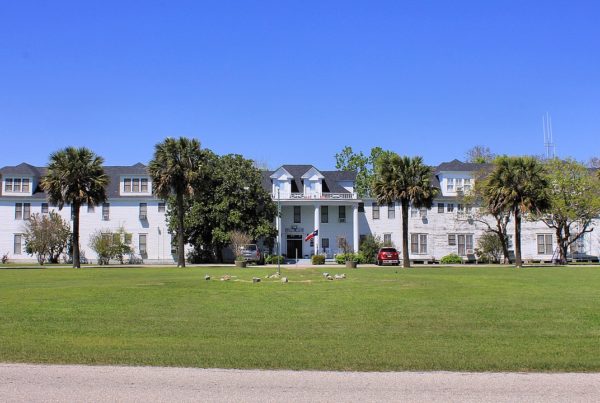For decades, there’s been a dream of an energy source that produces no carbon emissions, no radioactive waste, and is so abundant it could make energy shortages a thing of the past. Energy from nuclear fusion has been just that: a largely theoretical dream. Until now.
On Tuesday, the Department of Energy announced a scientific breakthrough that’s being called a milestone – scientists have achieved “fusion ignition,” meaning net-positive energy from a fusion reaction.
Francois Waelbroeck, director of the institute for Fusion Studies at the University of Texas at Austin, spoke with the Standard about nuclear fusion and what the discovery means for the future of energy. Listen to the story above or read the transcript below.
This transcript has been edited lightly for clarity:
Texas Standard: Obviously a very complex topic. But as I understand it, the achievement in this Lawrence Livermore Laboratory was essentially getting more energy than was put in in this fusion experiment. Could you explain for laypersons what exactly happened?
Francois Waelbroeck: That’s right. So the past experiments had succeeded in producing fusion power, and that is making fusion reactions occur. But the amount of energy that had to be invested was greater than the amount of energy that was harvested. And obviously, the first thing you want in order to be able to produce electricity is to invert that. And for the first time in any fusion experiments in the world, they have now succeeded in doing this. They produced one and a half times as much energy as they put in.
And this involves lasers being trained on a little piece of matter? I understand it’s about half the size of a BB?
It’s exactly the size of a peppercorn is also an analogy I’ve heard. And it’s inside a little metal cylinder, also. So the laser energy enters the cylinder through the two holes on either side and deposits its energy on the wall where it produces X-rays. And it’s the X-rays that actually compress this little peppercorn by enormous ratios in order to obtain fusion.
So obviously we’re a long ways away from having fusion power plants and that sort of thing. But the fact that this is a breakthrough is huge. How do you see this effort to make fusion a real energy source moving forward from this point? I notice that the Department of Energy today in making the big announcement said “if you want to be a part of a history-making project, we’re hiring.” So that says a lot.
So not only them, but the private sector recently has gotten involved. Last year there was more funding that was directed by private investors into fusion startup companies than was spent by the federal government. And so this is a whole new world where all these companies are trying innovative ideas. Also, there’s now two parts of the government funding fusion: ARPA-E, which is focused on very innovative startup ideas, and then the rest of the Department of Energy – Fusion Energy Sciences and NNSA. This is causing, you know, really affirmant and a lot of new ideas to be proposed. And I think one of these ideas are going to benefit from the information that is being provided by this experiment.
You know, I’ve often heard when people talk about new sources of energy, people are often correct in saying, “look, this is always a tradeoff.” You know, it’s always in exchange of one thing for another. But the promise of zero carbon energy, not having the radioactive waste you don’t know what to do with, right? I mean, are we really talking about a limitless source of energy if fusion is harnessed to the degree that some people have imagined?
Yes, in principle, the fuel for these reactions is tritium, which is an isotope of hydrogen. And that does have to be made from lithium that can be harvested from seawater. So there is a parallel development effort that needs to take place there in what’s called “closing the fuel cycle.” Developing more the methods for collecting the lithium and turning it into tritium by using the neutrons coming out of fusion reaction.
So still a ways to go. But if someone were to say at a party to you, professor, “how far off are we?” What would be your guesstimate in terms of how far away we are from harnessing fusion for commercial use or consumer use?
Well, people have actually often asked me that at parties, and my answer is always “it depends on the funding.” Because of these problems that could be done sequentially, which is sort of what’s being done now. So there’s the fuel cycle problem. There’s also the matter of the materials that can withstand this type of reactions. Right now, several days is the fastest they can fire in order to have that method be a good source of commercial energy. They need to take that to several shots per second. And of course, that imposes tremendous stresses on the walls. So there are several problems that need to be pursued at the same time and, right now, we’re only pursuing one of them is the answer.














